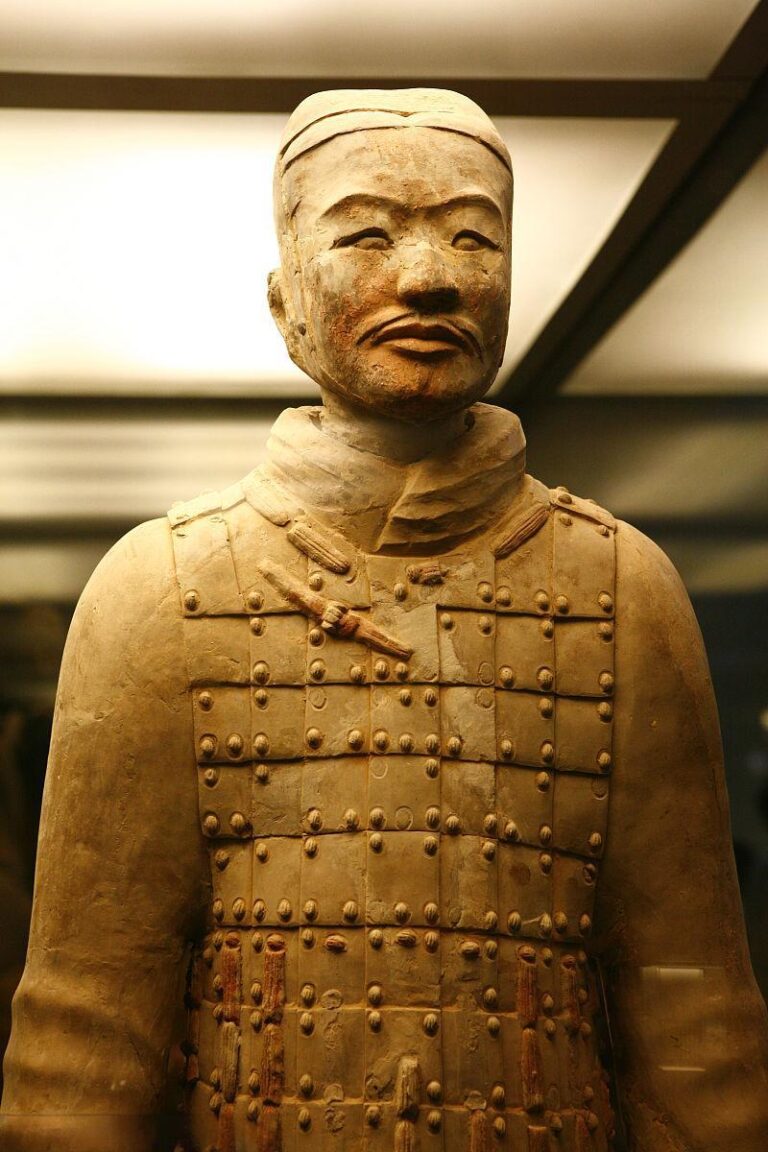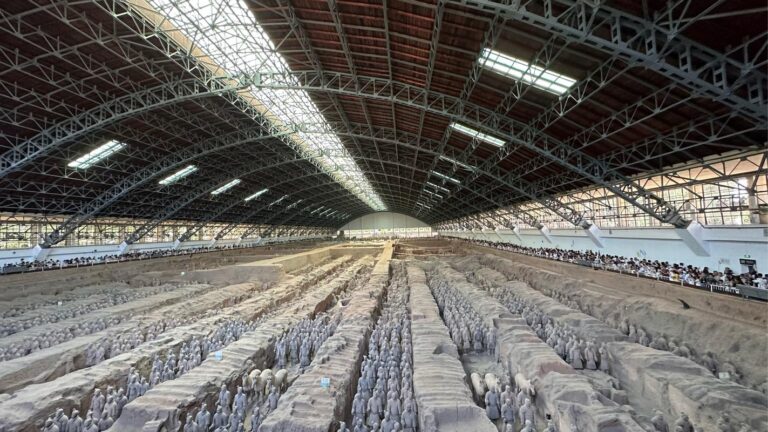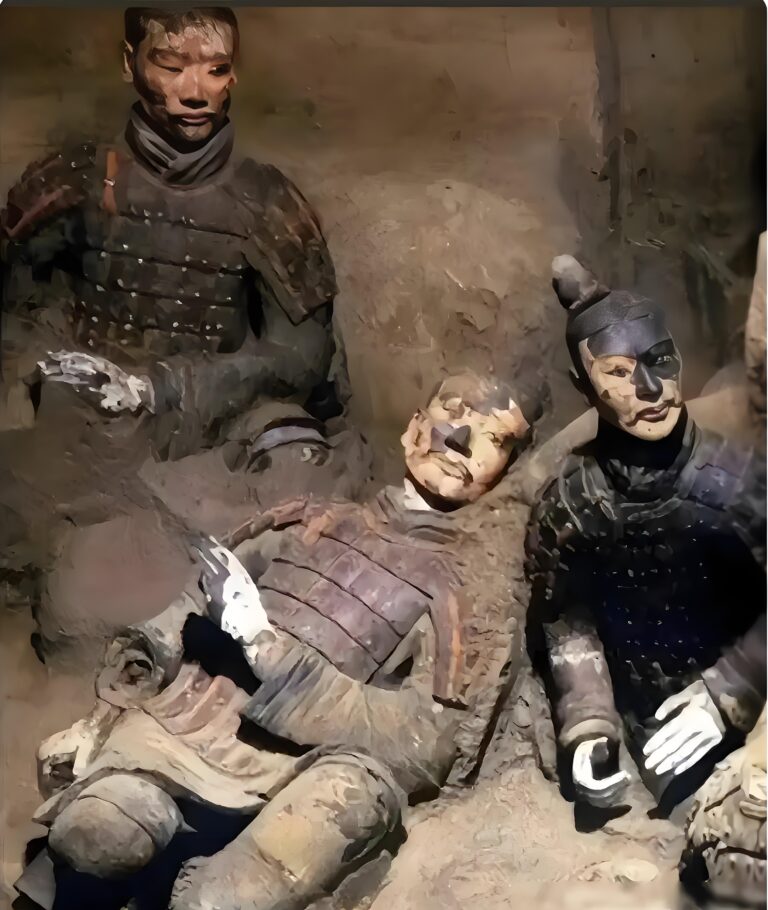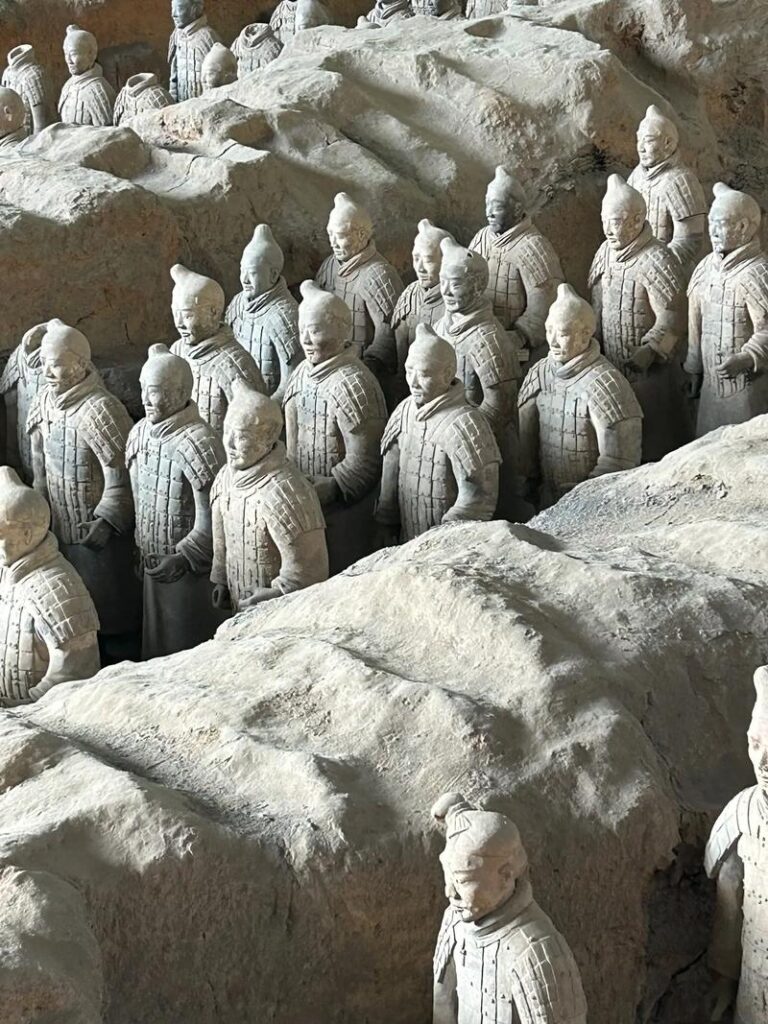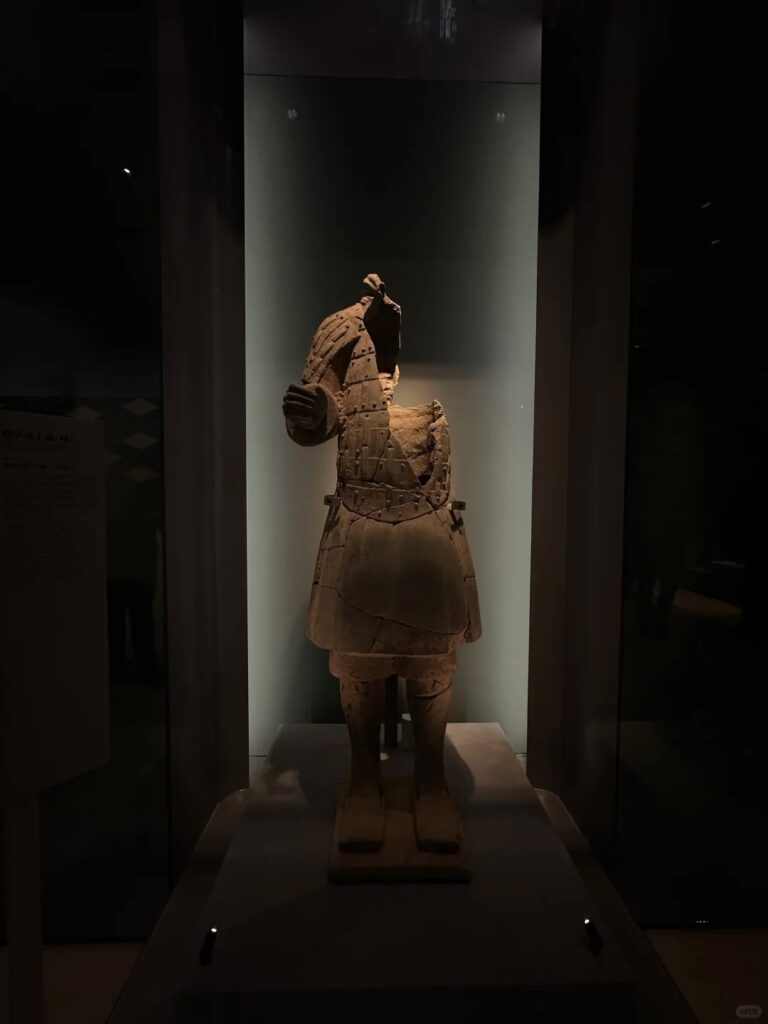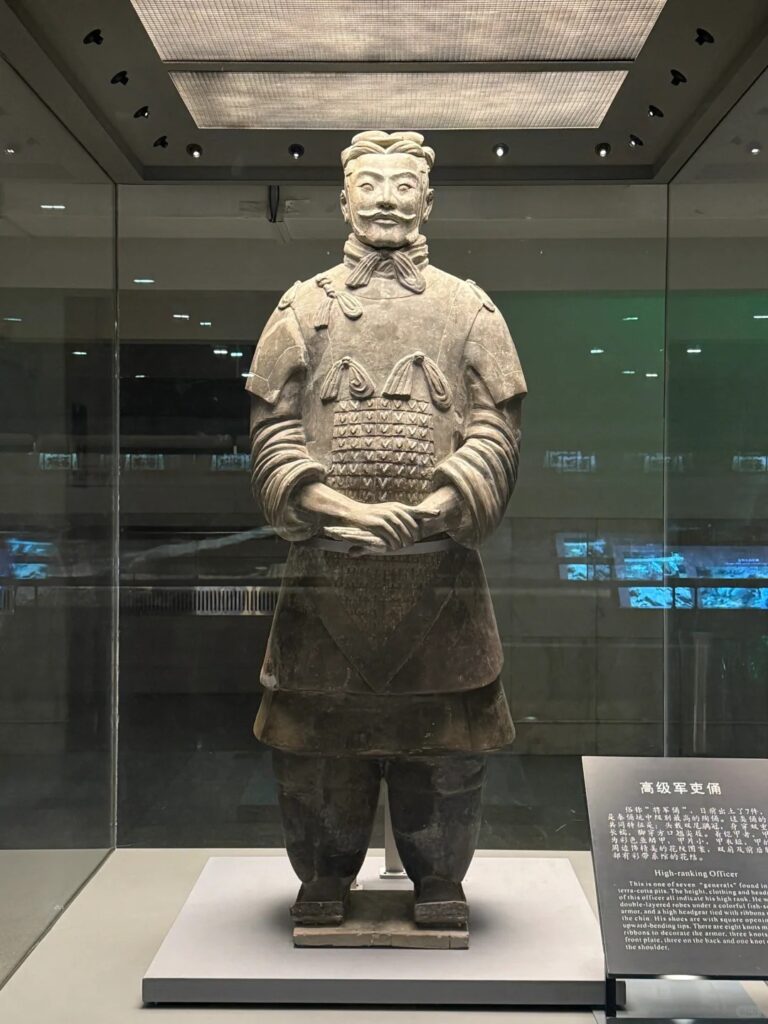What happened to the farmers who discovered the Terracotta Warriors?
The Farmer Who Discovered the Terracotta Warriors: A Legendary Story Spanning Half a Century
I. A chance discovery: a historical miracle in the midst of drought
In March 1974, Lintong County (now Lintong District, Xi’an City) in Shaanxi Province, China, was hit by a severe drought, and Yang Zhifa, a villager from Xiyang Village, dug a well outside the village with other villagers to combat the drought. When the shovels penetrated about 5 meters into the ground, they accidentally dug up fragments of pottery figurines and bronze arrowheads. At first, the villagers mistook them for “statues of gods” and some even thought they would bring bad luck, but Yang Zhifa keenly linked the pieces to the nearby mausoleum of the First Qin Emperor and realized that they could be ancient relics. He insisted on hauling the shards in three frame trucks to the Lintong County Cultural Center, 30 miles away. Zhao Kangmin, the director of the cultural center, identified and confirmed that the pottery shards belonged to Qin Dynasty terracotta figurines, which were more than 2,200 years old.
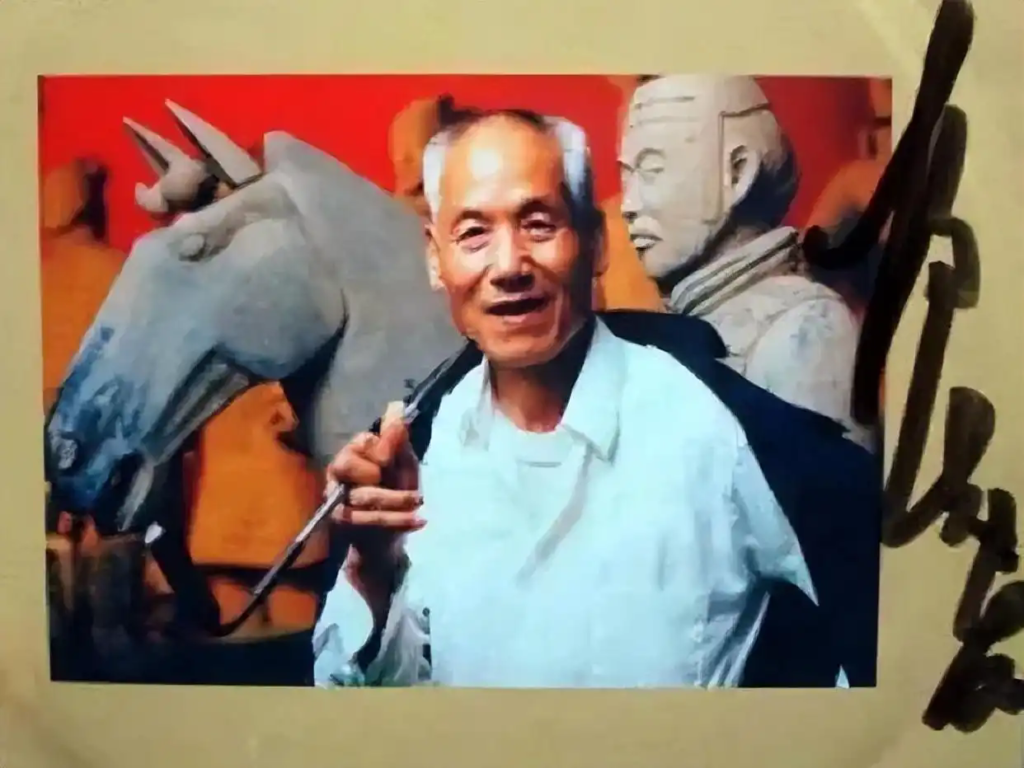
This accidental discovery unveiled the archaeological prelude to the Terracotta Warriors of the Mausoleum of the First Qin Emperor. Subsequently, the archaeological team stationed in the excavation, confirmed the scale and value of the Terracotta Warriors pit. The site, known as the “Eighth Wonder of the World,” eventually became an important symbol of ancient Chinese civilization and boosted the economic takeoff of Shaanxi’s tourism industry.
Who was the discoverer? Controversy and Truth
Although Yang Zhifa is widely regarded as the “discoverer” of the Terracotta Warriors, this identity has caused controversy. According to official records, nine villagers participated in the drilling of the well in 1974, including Yang Zhifa, Yang Yanshen, and Yang Quanyi. However, Yang Zhifa became the representative figure in the public perception because he took the initiative to send the artifacts to the cultural center and handed them over for a reward.
Another point of contention is the definition of “discovery”. Archaeologists believe that Zhao Kangmin, the director of the Lintong County Cultural Center, is the “discoverer” in the scientific sense, as he first restored the terracotta figurines and confirmed their historical value. But the villagers’ accidental digging undoubtedly provided key clues for subsequent archaeology. Today, there are still a number of signatories in the scenic area who call themselves “discoverer Lao Yang”, but officials prefer to use the neutral expression “well-drilling man”.
Humorous story with the U.S. President: from farmers to cultural symbols
In 1998, U.S. President Bill Clinton visited the Terracotta Warriors as his first stop during his visit to China. He proposed to meet “the man who discovered the eighth wonder of the world”, and the local government urgently invited Yang Zhifa from the field. In the face of Clinton’s autograph request, illiterate Yang Zhifa drew three circles under the guidance of the staff. Clinton humorously responded: “You drew a circle on the land of China, you hit the miracle of the world, should go to the United States to draw a few more!” .
This incident completely changed Yang Zhifa’s fate. Since then, the Shaanxi Provincial Government arranged for a calligrapher to teach him how to sign, and appointed him as the “honorary director” of the Terracotta Warriors Museum, with a monthly salary of 8,000 yuan. At the age of seventy, he signs autographs at the museum ten days a month and receives an additional 5,000 yuan in allowances. Once a farmer, due to a chance discovery and historical opportunity, has become a bridge between Chinese and foreign cultural exchanges.
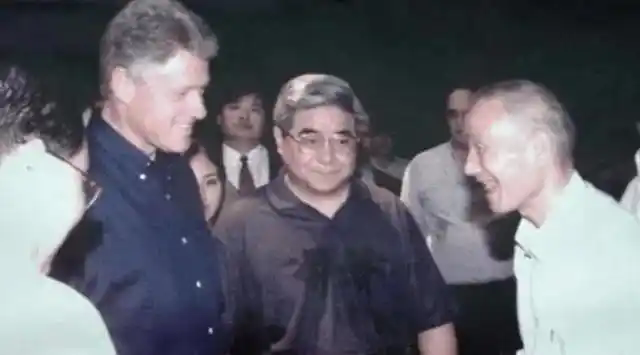
Fourth, rewards and honors: 30 yuan to life-long honor of the transition
After the discovery of the Terracotta Warriors, Yang Zhifa initially received only 30 yuan reward (according to the price of about 600 steamed bread). He turned this money over to the production team, and ultimately received a personal share of only 0.72 yuan worth of work points. It was not until the 1990s that his contributions were re-valued. In addition to the title of honorary curator, he received a certificate of honor from the government and signed books at scenic spots, becoming a “living history” in the eyes of tourists.
This change in rewards reflects the progress of China’s concept of heritage protection. Early reward mechanism is vague, the 1982 “Law on the Protection of Cultural Relics” although the provisions of the surrender of cultural relics should be recognized, but did not specify the criteria. Yang Zhifa’s story triggered a social discussion on the rights and interests of discoverers of cultural relics, which led to the gradual improvement of the policy.
V. The Status of the Discoverer: The Continuation of the Legend**
As of 2025, Yang Zhifa is nearly ninety years old. Although his body is no longer stiff, he still participates in museum activities occasionally. He has moved from a thatched hut to government housing, and in his old age he is respected for his world-famous Terracotta Warriors.
However, the controversy surrounding the “discoverer” has not entirely dissipated. Some villagers feel that the collective contribution has been overlooked, while academics emphasize the difference between scientific discovery and chance. In any case, Yang Zhifa has become a cultural icon, symbolizing the intersection of ordinary people and the wonders of history.
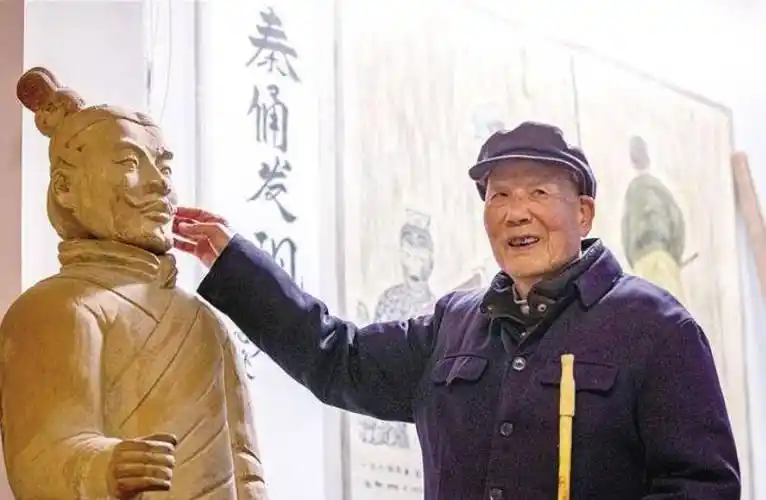
Conclusion: Ordinary and Great in History
Yang Zhifa’s story is not only a personal twist of fate, but also epitomizes the history of modern Chinese heritage conservation. From 30 yuan reward to international reputation, from field farmer to cultural ambassador, his experience shows the interweaving of historical contingency and changing times. For American readers, this story is not only an awe-inspiring look at ancient Chinese civilization, but also a profound revelation of how ordinary people can impact the world’s cultural heritage. As Clinton joked, a “circle” may be insignificant, but the weight of history behind it is enough to transcend borders and time.

